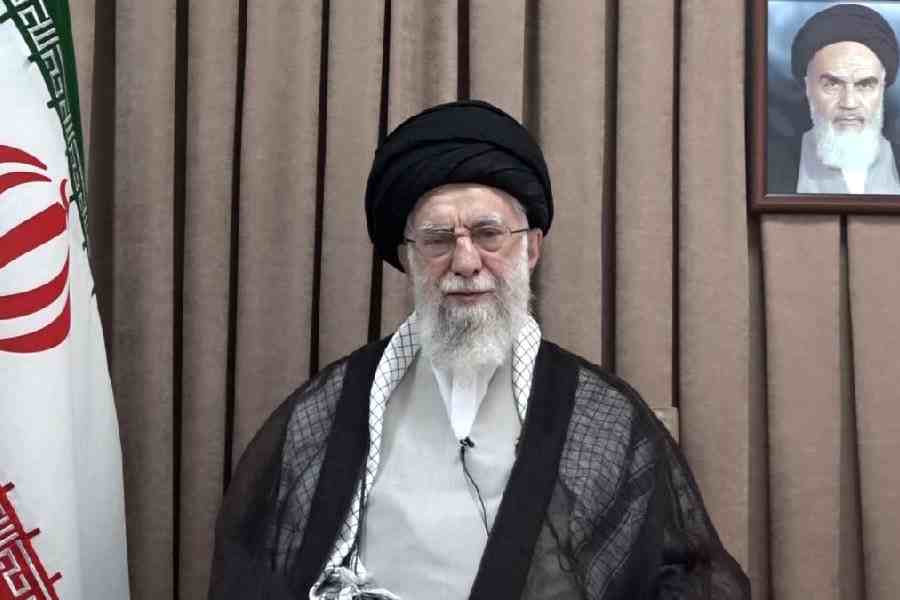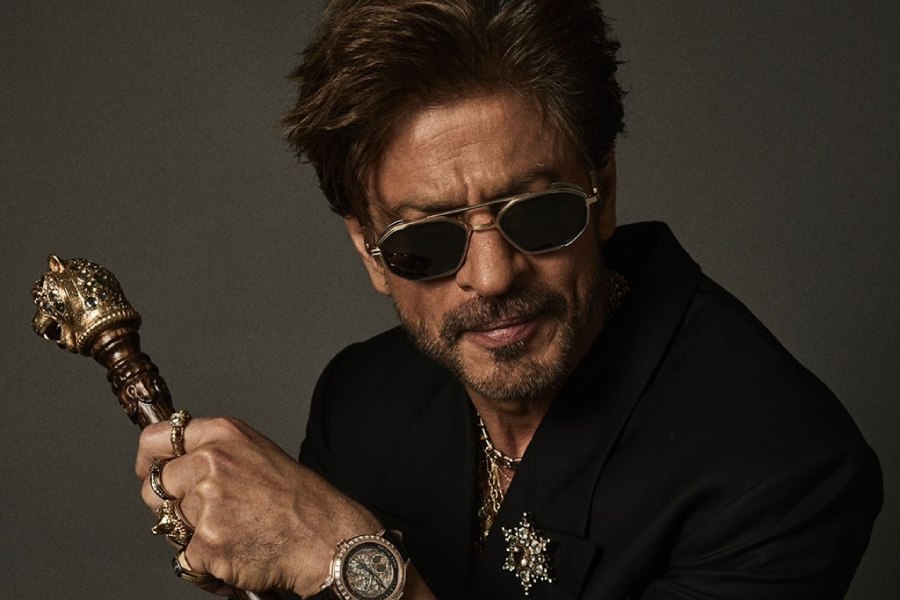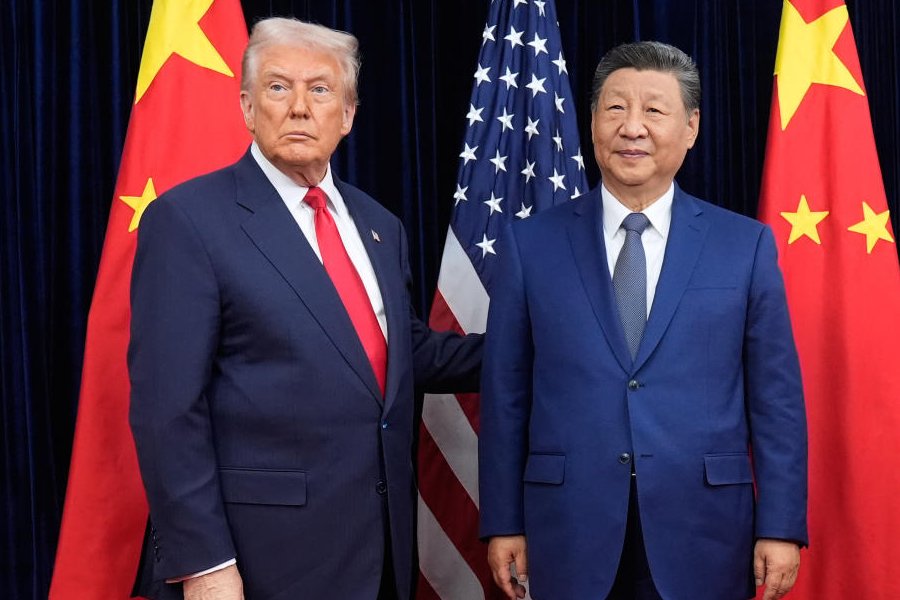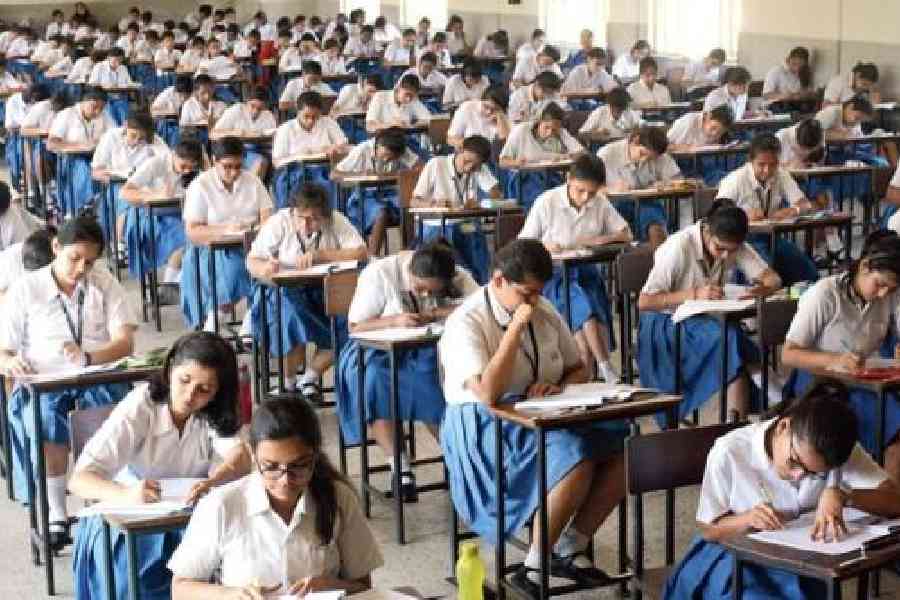Wary of assassination, Iran’s supreme leader mostly speaks with his commanders through a trusted aide now, suspending electronic communications to make it harder to find him, three Iranian officials familiar with his emergency war plans say.
Ensconced in a bunker, the supreme leader, Ayatollah Ali Khamenei, has picked an array of replacements down his chain of military command in case more of his valued lieutenants are killed.
And in a remarkable move, the officials add, Khamenei has even named three senior clerics as candidates to succeed him should he be killed, as well — perhaps the most telling illustration of the precarious moment he and his three-decade rule are facing.
Khamenei has taken an extraordinary series of steps to preserve the Islamic Republic ever since Israel launched a series of surprise attacks last Friday.
Although only a week old, the Israeli strikes are the biggest military assault on Iran since its war with Iraq in the 1980s, and the effect on the nation’s capital, Tehran, has been particularly fierce. In only a few days, the Israeli attacks have been more intense and have caused more damage in Tehran than Saddam Hussein did in his entire eight-year war against Iran.
Iran appears to have overcome its initial shock, reorganising enough to launch daily counterstrikes of its own on Israel, hitting a hospital, the Haifa oil refinery, religious buildings and homes.
Iran’s top officials are also quietly making preparations for a wide range of outcomes as the war intensifies and as President Trump considers whether to enter the fight, according to the Iranian officials, who insisted on anonymity because they were not authorised to speak publicly about the ayatollah’s plans.
Peering inside Iran’s closely guarded leadership can be difficult, but its chain of command still seems to be functioning, despite being hit hard, and there are no obvious signs of dissent in the political ranks, according to officials and diplomats in Iran.
Khamenei, 86, is aware that either Israel or the US could try to assassinate him, an end he would view as martyrdom, the officials said. Given the possibility, the ayatollah has made the unusual decision to instruct his nation’s Assembly of Experts, the clerical body responsible for appointing the supreme leader, to choose his successor swiftly from the three names he has provided.
Normally, the process of appointing a new supreme leader could take months, with clerics picking and choosing from their own lists of names. But with the nation now at war, the officials said, the ayatollah wants to ensure a quick, orderly transition and to preserve his legacy.
“The top priority is the preservation of the state,” said Vali Nasr, an Iran expert and professor of international affairs at Johns Hopkins University. “It is all calculative and pragmatic.”
Succession has long been an exceedingly delicate and thorny topic, seldom discussed publicly beyond speculations and rumours in political and religious circles. The supreme leader has enormous powers: He is the commander in chief of the Iran Armed Forces, as well as the head of the judiciary, the legislature and the executive branch. He is also a Vali Faqih, meaning the
most senior guardian of the Shiite faith.
Khamenei’s son Mojtaba, also a cleric and close to the Islamic Revolutionary Guards Corps, who was rumoured to be a front-runner, is not among the candidates, the officials said. Iran’s former conservative President, Ibrahim Raisi, was also considered a front-runner before he was killed in a helicopter crash in 2024.
Since the war started, Khamenei has delivered to the public two recorded video messages, against a backdrop of brown curtains and next to the Iranian flag. “The people of Iran will stand against a forced war,” he said, vowing not to surrender.
In normal times, he lives and works in a highly secure compound in central Tehran called the “beit rahbari” — or leader’s house — and he seldom leaves the premises, except for special occasions such as delivering a sermon. Senior officials and military commanders come to him for weekly meetings, and speeches for the public are staged from the compound.
His retreat to a bunker shows how furiously Tehran has been struck in a war with Israel that Iranian officials say is unfolding on two fronts.
One is being waged from the air, with Israeli airstrikes on military bases, nuclear facilities, critical energy infrastructure, commanders and nuclear scientists in their apartment buildings in tightly packed residential neighbourhoods. Some of Iran’s top commanders were summarily wiped out.
Hundreds of people have also been killed and thousands of others injured, with civilians slain across Iran, human rights groups inside and outside the country say.
But Iranian officials say that they are fighting on a second front, as well, with covert Israeli operatives and collaborators scattered on the ground across Iran’s vast terrain, launching drones at critical energy and military structures. The fear of Israeli infiltration among the top ranks of Iran’s security and intelligence apparatus has
rattled the Iranian power structure, even Khamenei, officials say.
“It is clear that we had a massive security and intelligence breach; there is no denying this,” said Mahdi Mohammadi, a senior adviser to Iran’s speaker of Parliament, Gen. Mohammad Ghalibaf, in an audio recording analysing the war. “Our senior commanders were all assassinated within one hour.”
The country’s leadership has been preoccupied with three central concerns, officials say: an assassination attempt against Khamenei; the US entering the war; and more debilitating attacks against Iran’s critical infrastructure, like power plants, oil and gas refineries and dams.
Should the US join the fight, the stakes would multiply significantly. Israel says that it wants to destroy Iran’s nuclear programme, but experts say that only the US has the bomber — and the enormous 30,000-pound bomb — that might be capable of penetrating the mountain where Iran has built its most critical nuclear enrichment facilities, Fordo.
Iran has threatened to retaliate by attacking American targets in the region, but that would only risk a wider, and possibly more devastating, conflict for Iran and its adversaries.
The fear of assassination and infiltration within Iran’s ranks is so widespread that the ministry of intelligence announced a series of security protocols, telling officials to stop using cellphones or any electronic devices to communicate. It has also ordered all senior government officials and military commanders to remain below ground, according to two Iranian officials.
Almost every day, the ministry of intelligence or the armed forces issues directives for the public to report suspicious individuals and vehicle movements, and to refrain from taking photographs and videos of attacks on sensitive sites.
Tehran has largely emptied out after orders by Israel to evacuate several highly populated districts.
Videos of the city show highways and desolate streets that are typically clogged with bumper-to-bumper traffic. In interviews, residents of Tehran who remained in the city said security forces had set up checkpoints on every highway, on smaller roads and at entry points in and out of the city to conduct ad hoc searches.
New York Times News Service










